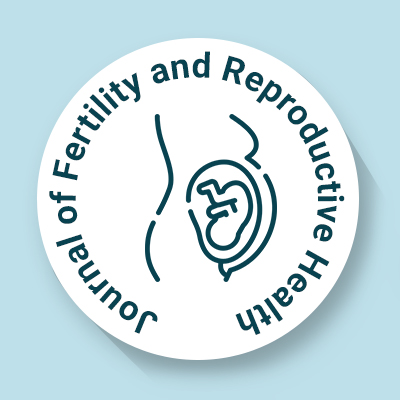
Journal of Fertility and Reproductive Health
OPEN ACCESS

OPEN ACCESS
.jpg)
1Department of Obstetrics & Gynecology, University of Utah, United States
2Department of Medicine, Stanford University Medical Center, United States
3Department of Cell Sciences, University of Glasgow, United Kingdom
Genetic factors significantly influence reproductive health, affecting fertility, pregnancy outcomes, and the inheritance of genetic conditions. This mini-review examines how genetic elements impact both male and female reproductive health, with a focus on chromosomal abnormalities, gene mutations linked to infertility, and inherited disorders such as Turner syndrome and cystic fibrosis. The review also underscores the importance of genetic screening and counseling, which assist individuals and couples in understanding risks and making informed reproductive choices. Advances in genetic testing, such as preconception screening, prenatal diagnostics, and whole-genome analyses, have enhanced our ability to detect and address reproductive health issues. While genetic screening offers valuable benefits, including early diagnosis and tailored reproductive care, it also raises ethical concerns related to privacy, accessibility, and potential discrimination. The review concludes by exploring future developments in reproductive genetics, such as genome editing technologies and personalized medicine, which hold promise for improving reproductive health outcomes in the coming years.
1Department of Obstetrics & Gynecology, University of Utah, United States
2Department of Medicine, Stanford University Medical Center, United States
3Department of Cell Sciences, University of Glasgow, United Kingdom